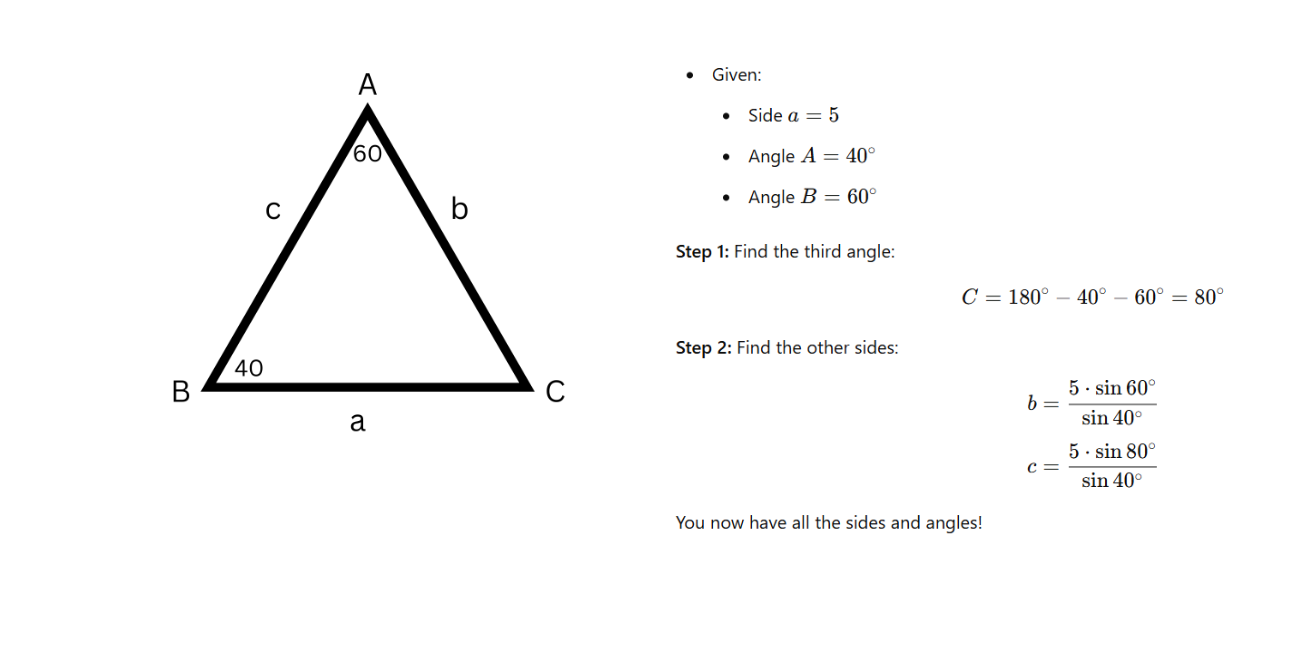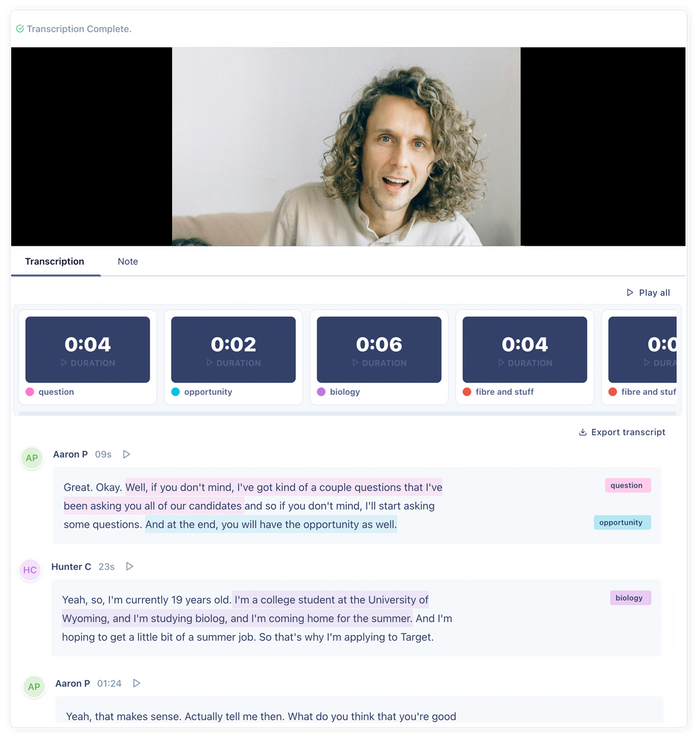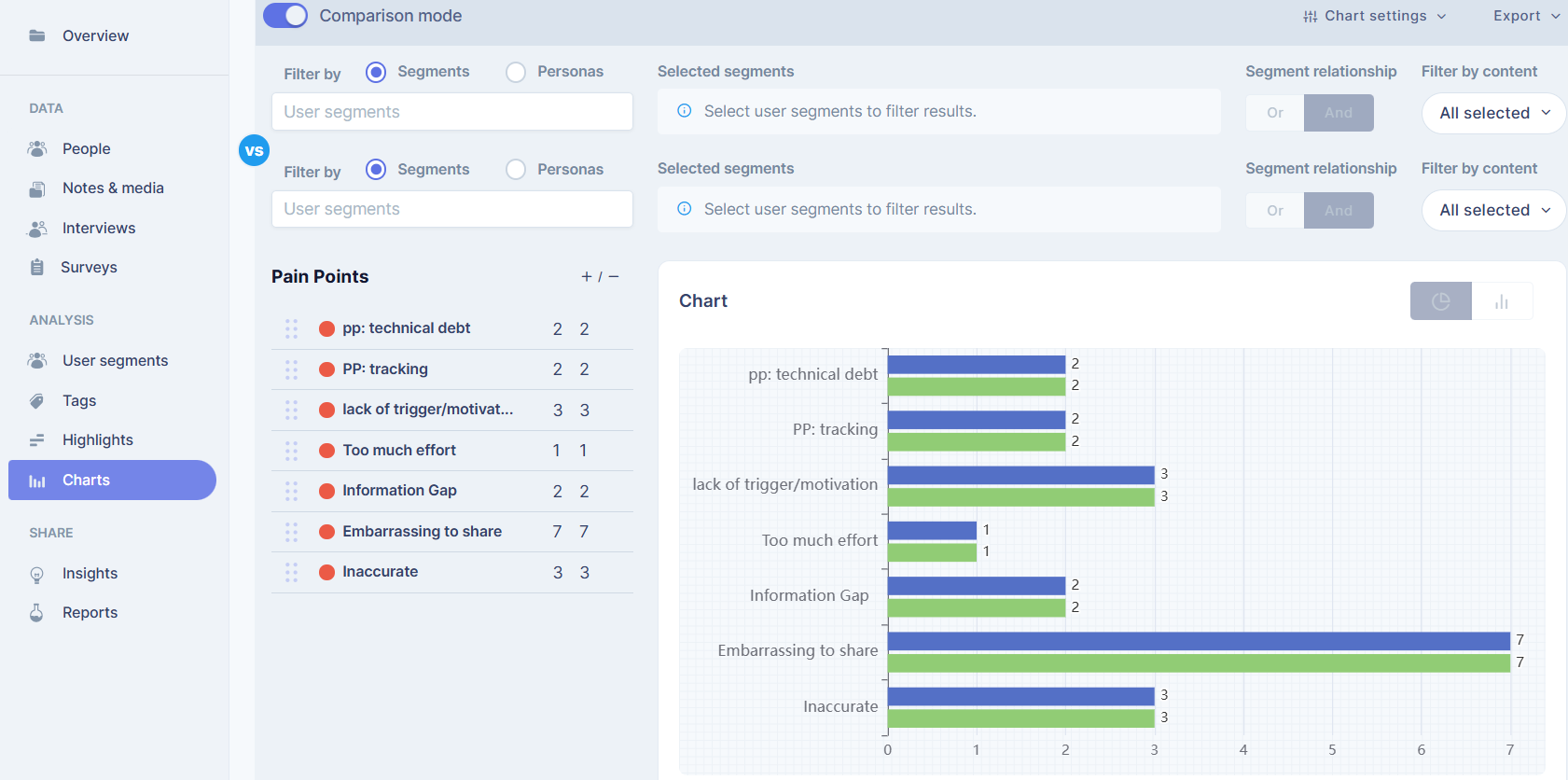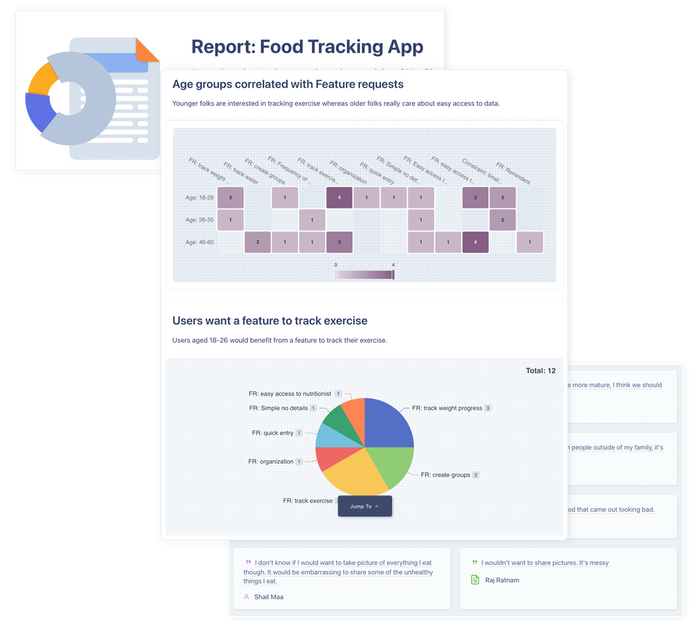
Triangulation in UX Research
Triangulation in UX research is a straightforward yet powerful method for validating data and insights. It’s essential to ensure that our conclusions aren’t based on isolated data points or single-method observations.
In this article, let’s examine the different types of triangulation and how they can be applied in UX projects, from validating initial user insights to refining final product designs.
Additionally, we’ll tackle the practical challenges that come with implementing triangulation and offer insights and strategies to integrate this approach seamlessly into your research toolkit.
What is triangulation?
Triangulation in UX research involves using multiple methods and sources, to cross-examine and confirm our findings.
This multidimensional approach adds a layer of reliability and depth to our understanding to ensure that our insights are well-rounded and robust.
Triangulation doesn’t just mean you’re collecting data from different angles. You should also be synthesizing these varied insights to form a cohesive understanding of your users’ experience.
Need a real-life example?
Let’s say you want to know if users find your software hard to use. You could start by interviewing a handful of users to see where users get stuck. Once you’ve formed a hypothesis, you can then verify it at scale by sending out a large survey!
Here’s a closer look at three key steps of the triangulation process:
1. Combining multiple research methods
Mixing different research methods is the crux of triangulation.
For instance, a UX researcher might use observational studies to understand user behavior in a natural setting, supplement these observations with quantitative data from surveys, and then confirm these findings through in-depth interviews.
Each of these methods contributes a different piece to the puzzle so that the resulting findings present a more complete picture of the user experience.
2. Cross-examination for confirmation
Triangulation in research doesn’t just mean using multiple methods for the sake of variety.
Triangulation requires meticulous cross-examination of data from these varied sources to confirm the findings. Doing so helps in discovering hidden patterns as well as identifying inconsistencies in data.
The cross-examination, in turn, helps you get a thorough understanding of the underlying needs, desires, and behaviors of users, ensuring that the conclusions drawn aren’t just superficial observations but are deeply rooted in user reality.
3. Synthesizing varied insights
The final step in triangulation is synthesizing these varied insights to form a cohesive understanding.
This process involves:
-
Analyzing the data collectively to see how the different pieces fit together.
-
Identifying common threads that run through both the qualitative and quantitative data.
-
Using these insights to inform design decisions.
History of the triangulation method
While triangulation may sound like a fancy new term, it's been around for a while. As the name suggests, triangulation involves forming triangles and using the measurement of one side and two angles to determine the dimensions of the other sides.
 Measuring sides and angles through geometric triangulation
Measuring sides and angles through geometric triangulationBy the early 19th century, it had become a fundamental practice in geography and cartography that helped surveyors to determine distances and map out territories with greater accuracy.
Later in the 1970s, the concept of triangulation made a significant leap from physical measurement to the realm of social sciences, primarily due to the work of sociologist Norman Denzin.
Denzin introduced triangulation into social research as a method to validate study findings that he came across.
He argued that using multiple methodologies, theories, data sources, and investigators in social research could offset the weaknesses or biases inherent in any single type of data or method.
His way of thinking provided a more comprehensive understanding of social phenomena as it allowed for data to be cross-verified through different lenses.
Fast forward to today, and triangulation has become an integral part of UX research.
In this field, triangulation isn't just a method but a mindset that emphasizes the importance of viewing user data from multiple perspectives rather than a single method or viewpoint.
As UX research continues to evolve and grow in importance, the principles of triangulation are more relevant than ever.
These principles serve as a reminder of the need for rigor and breadth in our ongoing pursuit to create a more nuanced and accurate understanding of the complex needs of our users.
The different types of triangulation
Triangulation in UX research can be approached from various angles that add unique value to the research process and help in creating a more robust and bias-free research strategy.
1. Methodological triangulation
Methodological triangulation involves the use of both qualitative and quantitative research methods in tandem.
By combining these approaches, researchers can gain a comprehensive understanding of user behavior and attitudes.
For example, quantitative methods like surveys or analytics can provide broad, generalizable data, while qualitative methods like interviews or usability tests offer deeper, more contextual insights.
This dual approach allows researchers to validate quantitative data with qualitative insights and ensure a well-rounded view of the user experience.
2. Data triangulation
Data triangulation means gathering information from multiple data sources such as different types of user groups, times, or locations.
The purpose of data triangulation is to validate and enrich the research findings by observing consistencies or discrepancies across these different data sets.
For instance, comparing user feedback from different regions or at different stages of the product lifecycle can reveal new insights or validate existing hypotheses.
3. Investigator triangulation
Investigator triangulation involves incorporating multiple researchers or observers in the study.
For example, each researcher might bring their unique perspective, expertise, and interpretation to the data, which in turn, helps mitigate the risk of individual biases that could influence the outcomes.
Investigator triangulation is particularly valuable in qualitative research, where the researcher’s subjectivity can significantly impact data interpretation.
4. Theoretical triangulation
Theoretical triangulation refers to the application of different theories or models to interpret data.
This type of triangulation allows researchers to view their data through various conceptual frameworks to provide a more comprehensive understanding of their findings.
For example, one set of data could be analyzed through the lens of behavioral psychology, while another interpretation might be based on human-computer interaction theories.
Having this type of diversity in theoretical perspectives can uncover different dimensions of user behavior and interaction with the product.
Challenges and strategies of triangulation in research
While triangulation is quite effective in understanding user behavior at scale, there are a few challenges in practically executing it. Fear not though, we have designed UserBit to support and enhance this process at every stage.
1. Organizing and analyzing data
In the face of resource and time limitations, organizing and analyzing diverse and large quantities of qualitative data can be challenging. UserBit’s repository makes the task of gathering and organizing qualitative data a breeze. Whether it is interviews, surveys, or even meeting recordings, you can organize it all within your UserBit projects and analyze across the diverse set of data in one place.
 Transcribe and analyze user and stakeholder interviews
Transcribe and analyze user and stakeholder interviews2. Enhancing workflow efficiency
When dealing with tight timelines, the ability to quickly make sense of large volumes of qualitative data becomes crucial.
The analytical tools provided by UserBit, including frequency and correlation analysis, can assist in identifying patterns and insights and maintaining project schedules without compromising the depth of your research.
 Analyze with UserBit’s charts.png
Analyze with UserBit’s charts.png3. Forming a leaner approach to research
Adopting a lean approach to triangulation, for example, using one primary gathering method like user interviews and then corroborating with surveys, can help you nail down your hypothesis faster and find design opportunities quicker.
Needless to say, being able to organize this information in one place and also analyzing it together, cuts down on the overhead of multiple rounds of analysis.
 Capture hidden patterns in your data using insights
Capture hidden patterns in your data using insights4. Creating an iterative, collaborative research process
A full-stack UX solution like UserBit can also make implementing an iterative approach to triangulation a lot more manageable.
Its capabilities to handle various data types in real-time can support staggered research methods, aligning with different phases of a UX project.
Moreover, at UserBit we focus heavily on collaboration by enabling team members to share and discuss their findings in a variety of ways. Researchers can not only share any of their work through static case-study reports but also adopt continuous sharing via the Client Portal.
 Insight lane on UserBit
Insight lane on UserBit
